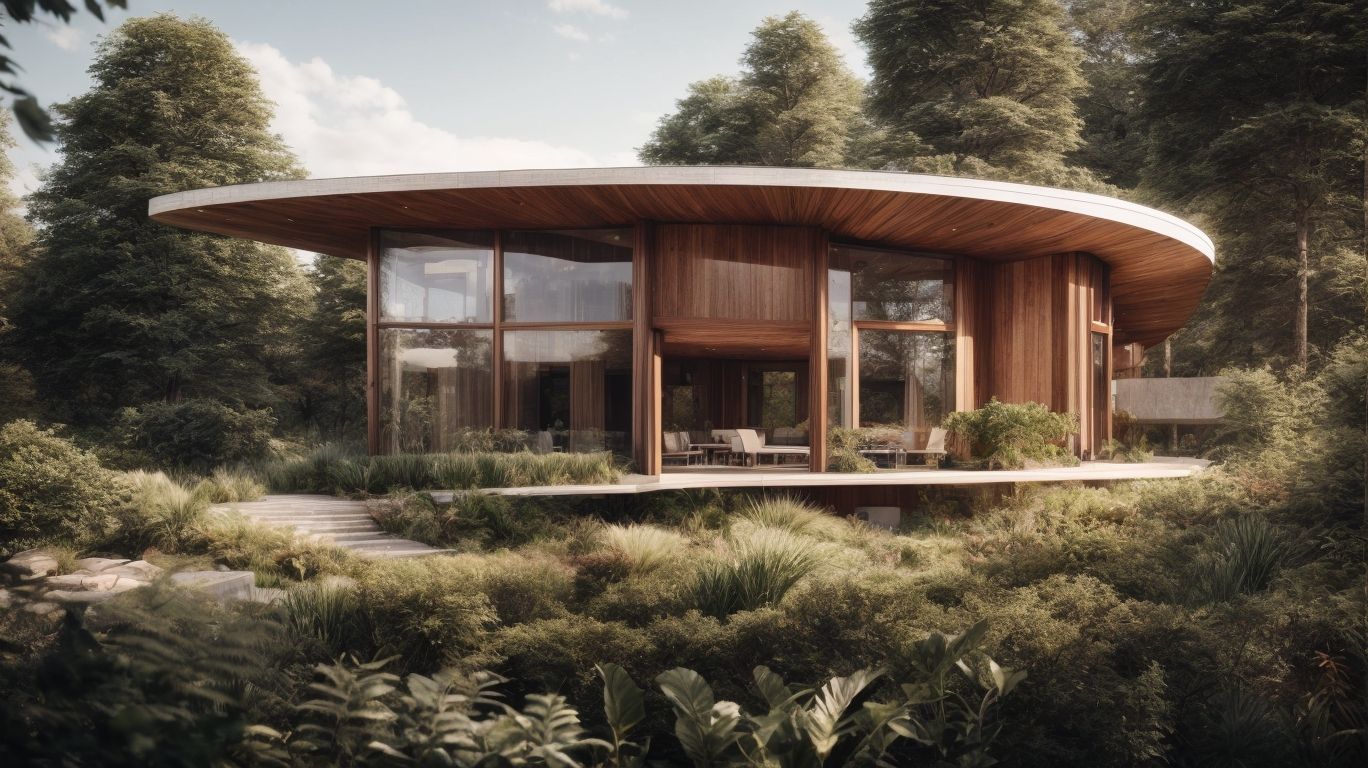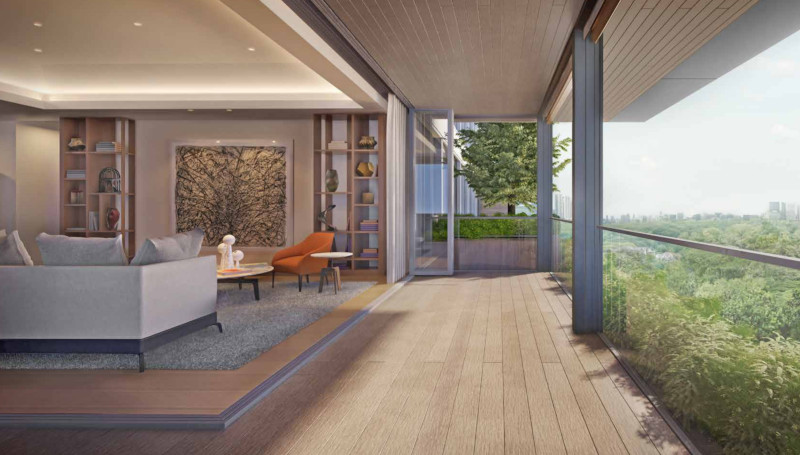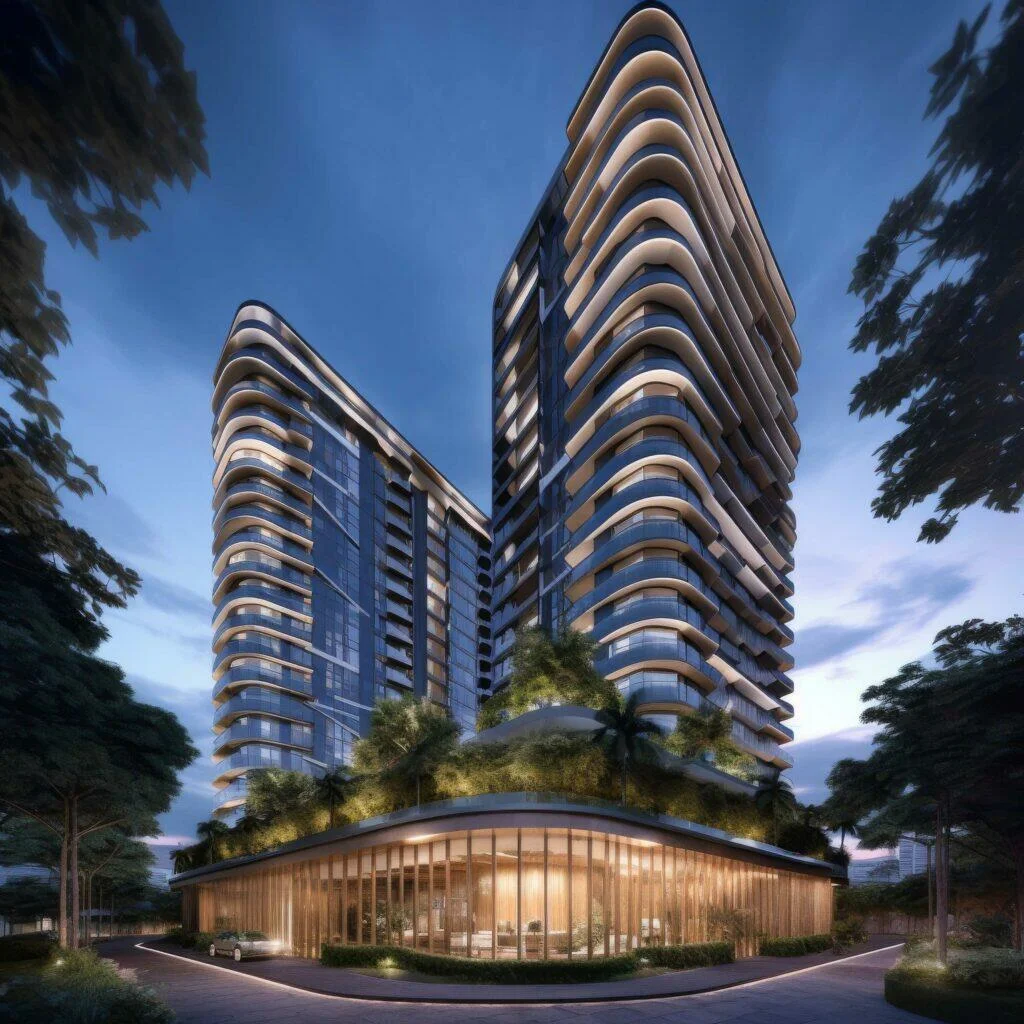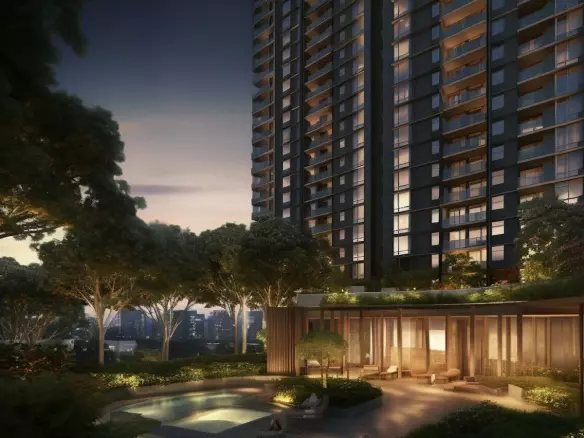
Are you looking for the next big thing in property development? Look no further. This article offers a comprehensive overview of the latest trends in the industry, from sustainable building practices to mixed-use developments. Stay ahead of the game and learn how to adapt to the ever-changing real estate landscape.
What Are the Latest Trends in Property Development?
As the world of real estate continues to evolve, so do the trends in property development. From a focus on sustainability and technology to innovative living spaces and urban renewal, developers are constantly seeking new ways to meet the demands of the market. In this section, we will explore the latest trends in property development and how they are shaping the future of the industry. From sustainable and eco-friendly developments to affordable housing solutions, let’s take a closer look at the top trends that are driving the property development landscape.
1. Sustainable and Eco-Friendly Development
Sustainable and eco-friendly development is a crucial trend in property development. To implement this, developers can follow these steps:
- Utilize renewable energy sources such as solar panels or wind turbines.
- Incorporate energy-efficient features like insulation and LED lighting.
- Integrate green spaces and gardens to enhance biodiversity.
Fact: Sustainable buildings can reduce energy consumption by up to 30%, benefiting both the environment and the occupants.
2. Mixed-Use Developments
Mixed-use developments are gaining popularity in the property development industry due to their numerous benefits. Here are the steps involved in creating a successful mixed-use development:
- Identify a suitable location that can support a variety of uses, such as residential, commercial, and retail.
- Conduct market research to understand the demand for different types of spaces within the mixed-use development.
- Create a comprehensive plan that seamlessly integrates different uses, ensuring that each component complements the others.
- Design the development with walkability, connectivity, and accessibility in mind to make it convenient for residents, workers, and visitors.
- Ensure adequate parking and transportation options to accommodate the needs of all users.
- Seek input from the community and stakeholders to ensure the development aligns with their needs and preferences.
- Obtain the necessary permits and approvals from local authorities and comply with zoning regulations.
- Collaborate with architects, engineers, and contractors to bring the vision to life, ensuring high-quality construction and finishes.
- Market and promote the mixed-use development to attract tenants, buyers, and investors.
- Maintain and manage the development effectively, addressing any issues promptly and continuously enhancing the overall experience.
Introducing mixed-use developments in urban planning can revitalize communities, create vibrant spaces, and provide convenience and efficiency for residents and businesses alike.
3. Smart Homes and Technology Integration
Integrating smart home technology into property development offers numerous benefits, including convenience, energy efficiency, and enhanced security. To successfully implement smart homes and technology integration, follow these steps:
- Thoroughly research and understand the latest smart home technologies available on the market.
- Collaborate with technology providers to design a customized system that meets the specific needs of the development.
- Install smart devices for lighting, heating, cooling, security, and entertainment.
- Create a central hub or mobile app for effortless control and monitoring of the smart home features.
- Ensure proper connectivity and compatibility of devices for seamless operation.
- Provide education and support to residents on how to use and troubleshoot the smart home features.
To further enhance the smart home experience, consider incorporating features such as voice control, energy monitoring systems, and home automation. It is also important to stay updated on advancements in technology to provide the latest and most innovative features in your property developments.
4. Co-Living Spaces
Co-living spaces have become a popular trend in the world of property development. These unique spaces offer shared living arrangements that promote a sense of community and affordability. With the growing popularity of remote work and the desire for more social connections, co-living spaces provide an ideal solution for individuals seeking a flexible and communal living experience.
Developers are now converting existing properties into co-living spaces by repurposing larger homes or commercial buildings. This trend effectively addresses the increasing demand for affordable housing options and promotes a sustainable use of space. Additionally, co-living spaces cater to the needs of young professionals, students, and digital nomads who prioritize convenience, social interaction, and cost-effective living arrangements.
5. Affordable Housing Solutions
Affordable housing solutions are essential in addressing the housing needs of low-income individuals and families. Here are some steps that can be taken to promote affordable housing:
- Implement government initiatives that provide subsidies or tax incentives to encourage the development of affordable housing projects.
- Facilitate partnerships between public and private sectors to leverage resources and expertise in creating affordable housing options.
- Encourage the use of innovative construction methods and materials to reduce costs without compromising quality.
- Advocate for zoning changes and streamlined approval processes to make it easier and faster to develop affordable housing.
- Support community land trusts and cooperative housing models, which help keep housing affordable in the long term.
In a small town, a nonprofit organization collaborated with local businesses and volunteers to build affordable homes for families in need. Through their joint efforts and fundraising events, they were able to provide safe and affordable housing to several families, creating a positive impact on the community.
6. Urban Renewal and Revitalization Projects
6. Urban Renewal and Revitalization Projects play a crucial role in transforming and improving cities. These projects involve several key steps:
- Assessment and Planning: Conduct a thorough evaluation of the area to identify its needs and potential for revitalization.
- Engagement and Collaboration: Involve local communities, government agencies, and stakeholders in the decision-making process to ensure inclusive and sustainable development.
- Infrastructure Development: Upgrade and modernize existing infrastructure, including roads, public transportation, utilities, and green spaces.
- Revitalization Initiatives: Implement strategies to attract investment, such as restoring historic buildings, creating cultural and recreational spaces, and supporting local businesses.
- Housing and Affordable Options: Develop affordable housing options to meet the needs of diverse populations and prevent displacement.
- Sustainability and Green Initiatives: Integrate sustainable practices, such as energy-efficient buildings, renewable energy sources, and green spaces, to enhance the environmental sustainability of the area.
Through these steps, Urban Renewal and Revitalization Projects can breathe new life into communities, fostering economic growth, improving livability, and creating vibrant and inclusive cities.
How Do These Trends Impact the Real Estate Market?
As the world of property development evolves, so does the real estate market. In this section, we will discuss the latest trends in property development and how they are impacting the industry. From the increasing demand for sustainable and eco-friendly properties to the shift towards attracting a younger and tech-savvy demographic, these trends are shaping the future of real estate. We will explore each trend in detail and discuss its implications for the market.
1. Increased Demand for Sustainable and Eco-Friendly Properties
The demand for sustainable and eco-friendly properties has increased due to a growing environmental consciousness and the desire for energy-efficient homes. In order to meet this demand, developers must adopt sustainable practices and incorporate eco-friendly features into their projects. Here are some steps to effectively address this trend:
- Conduct market research to identify the target demographic interested in sustainable properties.
- Collaborate with architects and engineers to design energy-efficient buildings with features such as solar panels and green roofs.
- Use eco-friendly materials and construction techniques to minimize the carbon footprint.
- Implement sustainable landscaping and water conservation strategies.
- Educate potential buyers about the benefits of sustainable living and the long-term cost savings.
- Partner with green certification programs to showcase the property’s sustainability credentials.
- Monitor and measure the property’s environmental impact to track progress and make continuous improvements.
2. Attracting a Younger and Tech-Savvy Demographic
To attract a younger and tech-savvy demographic in property development, consider the following steps:
- Create smart homes with integrated technology, such as automated systems for lighting, temperature control, and security.
- Provide high-speed internet connectivity and ensure buildings are equipped with the necessary infrastructure for emerging technologies.
- Design flexible and multifunctional spaces that can accommodate remote work and collaborative environments.
- Incorporate sustainable and energy-efficient features, appealing to environmentally conscious individuals.
- Offer amenities and services that cater to the digital lifestyle, such as co-working spaces, fitness centers, and smart parcel delivery systems.
True story: A property developer in a bustling city transformed an old industrial building into a tech-forward residential complex. By providing cutting-edge technology, eco-friendly features, and communal workspaces, they successfully attracted a younger and tech-savvy demographic, creating a vibrant and connected community.
3. Shift in Focus from Luxury to Affordable Housing
To address the shift in focus from luxury to affordable housing in property development, several steps are being taken:
- Government initiatives: Governments are implementing policies and providing incentives to encourage developers to prioritize affordable housing projects.
- Collaborations: Developers are partnering with non-profit organizations and housing agencies to create affordable housing solutions.
- Cost-effective materials: Using cost-effective building materials and construction techniques helps reduce overall project costs.
- Adaptive reuse: Repurposing existing structures into affordable housing units helps minimize construction costs.
- Community involvement: Engaging with local communities to understand their needs and involve them in the planning process ensures that affordable housing meets their requirements.
Fact: In the last decade, there has been a significant increase in the number of affordable housing developments worldwide, reflecting the growing focus on addressing the housing needs of low-income individuals and families.
What Are the Challenges of Implementing These Trends?
As the property development industry continues to evolve, new trends are constantly emerging. These trends, such as green building and mixed-use developments, aim to meet the changing demands of consumers and the environment. However, implementing these trends can also bring about a unique set of challenges. In this section, we will discuss the obstacles developers face when trying to incorporate the latest trends, including higher costs and longer development timelines. We will also explore the delicate balance between profitability, sustainability, and affordability that developers must navigate in order to stay competitive in the market.
1. Higher Costs and Longer Development Timelines
Higher costs and longer development timelines can be challenging in property development. To navigate these issues, here are some steps to follow:
- Thoroughly assess the project scope and budget to identify potential cost overruns.
- Ensure accurate and detailed cost estimates during the planning phase.
- Engage in value engineering to find cost-saving alternatives without compromising quality.
- Implement effective project management strategies to optimize time and resources.
- Regularly communicate and collaborate with contractors and suppliers to address any delays or cost escalations promptly.
True story: In a recent property development project, unforeseen site conditions led to higher construction costs and delays. However, by closely monitoring the budget, negotiating with vendors, and streamlining processes, the project team successfully completed the development within the revised timeline and budget, showcasing the importance of proactive management in overcoming challenges.
2. Balancing Profitability with Sustainability and Affordability
Finding a balance between profitability and sustainability while also ensuring affordability is a crucial aspect of modern property development. Developers must carefully consider ways to maximize their profits while incorporating sustainable practices and providing affordable housing solutions. This requires thorough planning, cost analysis, and innovative solutions that benefit both the environment and the community.
By implementing energy-efficient technologies, utilizing sustainable materials, and optimizing construction processes, developers can lower costs and create more affordable housing options without sacrificing profitability. Achieving this balance requires strategic decision-making and a dedication to creating sustainable and inclusive communities.








